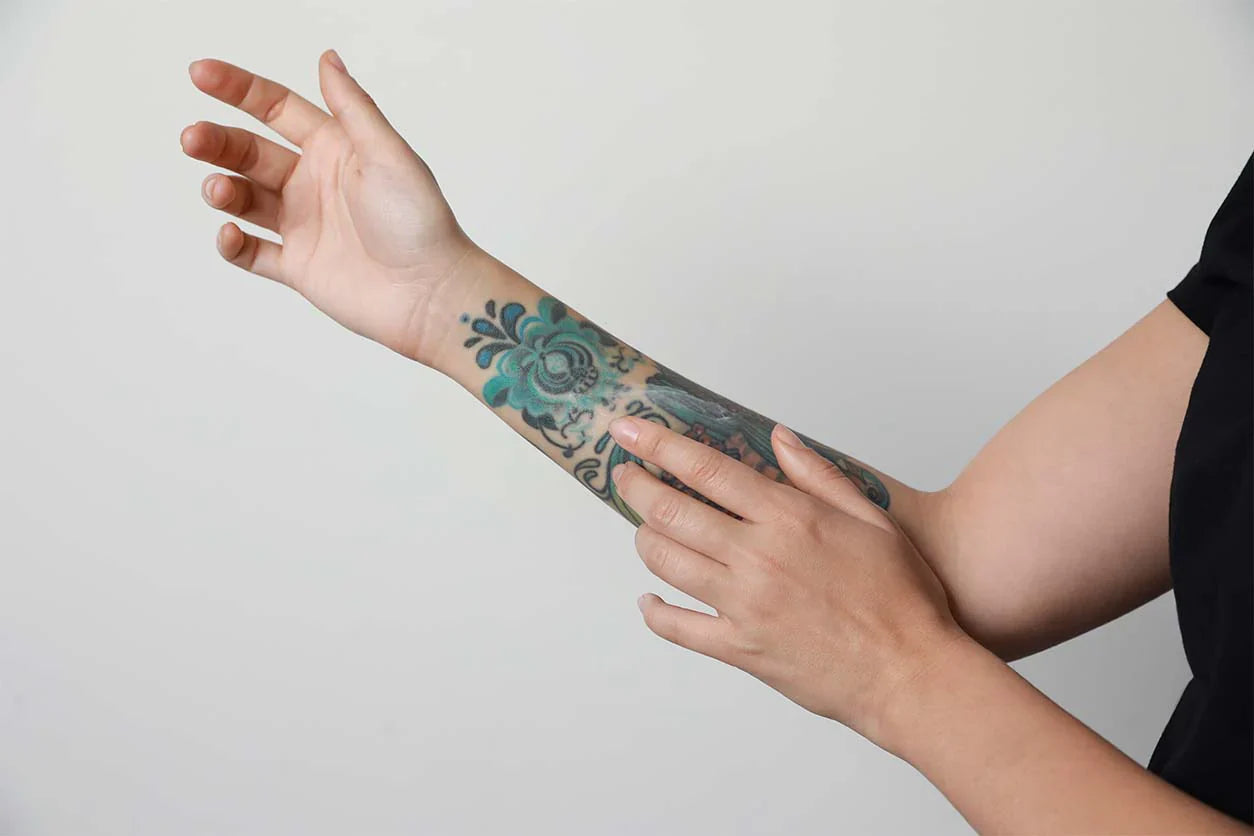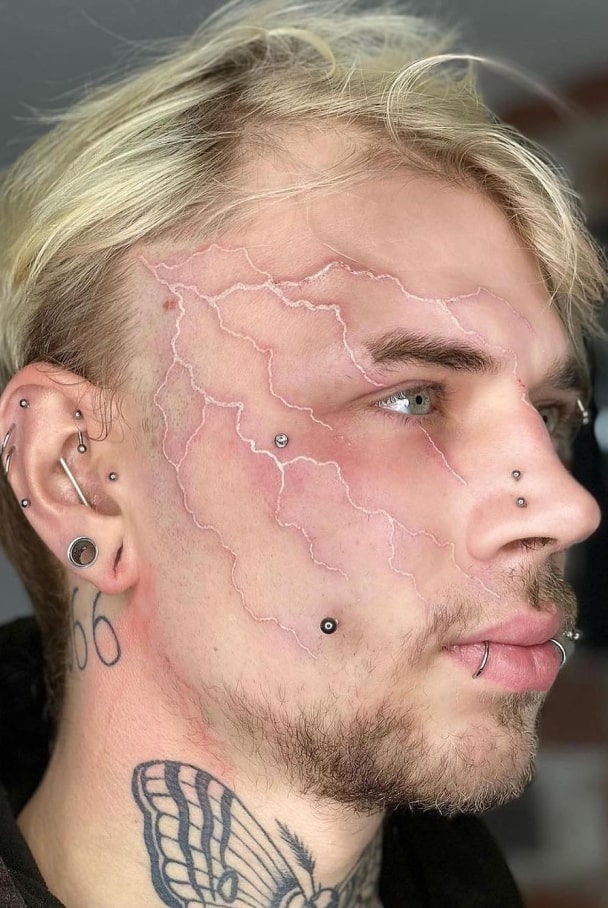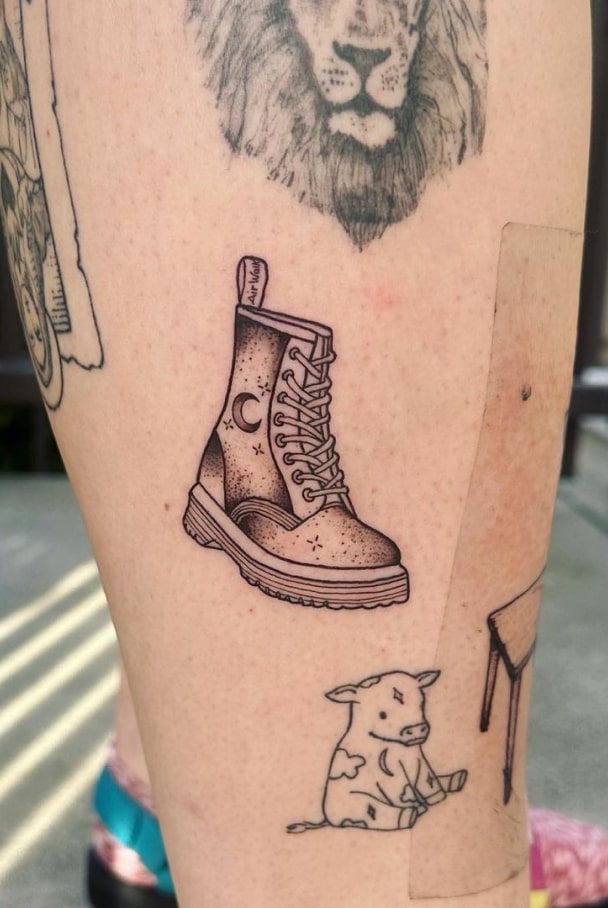Whether you’re getting a tattoo, undergoing laser treatments, or preparing for waxing or microneedling, numbing cream can be a game changer to reduce pain and discomfort. But to get the best results and avoid unwanted side effects, it’s important to understand not just how to apply numbing cream—but also what it actually does to your skin.
In this guide, we’ll break down everything you need to know about how numbing cream works, how to apply it properly, and what happens to your skin when you use it.
What Is Numbing Cream?
Numbing cream is a topical anesthetic designed to temporarily reduce sensation by blocking pain signals in a targeted area. The most common active ingredients in numbing creams are lidocaine, benzocaine, and prilocaine. These ingredients work by blocking sodium channels in nerve cells, preventing nerves from sending pain signals to your brain.
You can find numbing creams sold over-the-counter or prescribed by doctors, with varying concentrations depending on the intended use.
How to Apply Numbing Cream Correctly
Using numbing cream properly ensures it works effectively and safely. Here’s a step-by-step guide:
-
Choose the Right Product:
Look for a numbing cream that suits your needs, typically containing 5% lidocaine for procedures like tattooing. Always read ingredient labels and instructions. -
Clean and Dry the Area:
Wash the skin area thoroughly with mild soap and water. Remove any oils, dirt, or lotions, then pat the skin dry. Clean skin allows better absorption. -
Apply a Thick Layer:
Using clean hands or gloves, spread a generous, even layer of cream over the area. Do not rub it in; the cream needs to sit on the surface for optimal absorption. -
Cover with Plastic Wrap:
To boost absorption, cover the area with plastic wrap (occlusion). This traps body heat and prevents the cream from rubbing off. -
Wait for the Recommended Time:
Let the cream sit for 30 to 60 minutes, depending on the instructions. Longer application may increase numbness but also raises the risk of side effects. -
Remove the Cream:
After the waiting period, remove the plastic wrap and wipe off the cream thoroughly with a clean cloth. You may rinse gently with lukewarm water. -
Proceed with Your Procedure:
The area should now be numb and ready, with reduced pain during your treatment.
What Happens to Your Skin When You Apply Numbing Cream?
Understanding the effects on your skin helps you use numbing cream safely and effectively.
1. Penetration of Active Ingredients into the Skin
When applied, the anesthetic molecules begin absorbing through the skin’s outer layer, the epidermis, and move into the dermis where nerve endings reside. The skin is a natural barrier designed to protect the body, so ingredients in numbing cream are formulated to temporarily increase permeability to reach the nerves below.
This process can take anywhere from 20 to 60 minutes depending on the cream’s formula, thickness of skin, and occlusion method.
2. Blocking Nerve Signals to Reduce Pain
Once the anesthetic reaches the nerve endings, it blocks sodium channels—tiny gateways nerves use to send electrical pain signals. By closing these channels, the cream prevents the nerves from transmitting sensations to the brain, resulting in a numbing effect.
You won’t just feel less pain; other sensations like temperature, pressure, and touch may also be dulled temporarily.
3. Temporary Alteration of Skin Barrier Function
Numbing cream can disrupt the skin’s natural barrier. The skin normally keeps moisture in and irritants out, but ingredients and occlusion can make it more permeable temporarily. This increased permeability helps anesthetics penetrate but also means the skin is more vulnerable to environmental factors and potential irritation while the cream is on.
4. Mild Local Skin Reactions
It’s common to notice slight redness, warmth, or mild swelling after applying numbing cream. These reactions stem from increased blood flow and the occlusive dressing used to enhance absorption. Usually, these effects are mild and temporary.
Some people may also feel a tight or dry sensation in the treated area.
5. Temporary Loss of Other Sensory Functions
Besides blocking pain, numbing cream can dull other sensations including touch, pressure, and temperature. This total sensory dampening is why the area feels numb or “asleep” during your procedure.
6. Post-Application Skin Sensitivity
Once the numbing wears off—usually within 1 to 3 hours—you may experience increased skin sensitivity or mild irritation. This happens as nerves “wake up” and normal sensation returns. The skin might feel tender or slightly reactive but this generally resolves quickly.
Safety Tips and Side Effects to Watch For
-
Always Patch Test: Before widespread use, apply a small amount to check for allergic reactions.
-
Avoid Broken Skin: Do not apply on open wounds, cuts, or irritated skin unless instructed by a healthcare professional.
-
Follow Dosage Instructions: Excessive use can lead to side effects such as dizziness, irregular heartbeat, or breathing difficulties.
-
Watch for Allergic Reactions: Signs include rash, severe itching, swelling, or difficulty breathing—seek medical help immediately if these occur.
-
Consult Professionals: If you’re unsure about which cream to use or how to apply it, talk to your tattoo artist, dermatologist, or healthcare provider.
Conclusion
Numbing cream is an effective way to manage pain for various skin procedures, but it’s more than just a simple topical product. When applied, it penetrates your skin, temporarily disrupts nerve signals, and slightly alters your skin’s barrier—all to give you relief from pain and discomfort.
Knowing how to apply it properly and understanding what it does to your skin helps ensure a safe and comfortable experience. Follow the steps carefully, be mindful of skin reactions, and always prioritize safety. With this knowledge, you can confidently use numbing cream to make your next procedure a lot easier.








